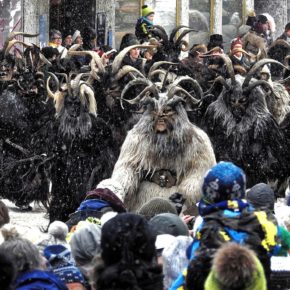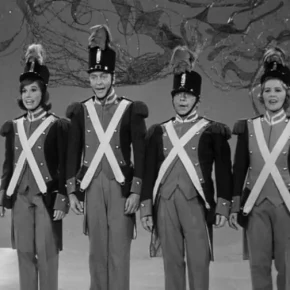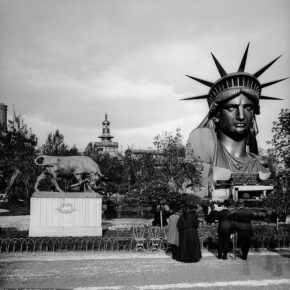At last night’s DCDSC meeting, we met with two officials from the DNC who wanted to know what our most pressing needs are. While many on the committee spoke of organizatonal needs and basic administrative needs, I spoke about brand identification.
Much as it pains Democrats and other liberal/progressive type to hear it, the Republicans have been winning the internet and branding wars. In the 2004 election cycle, Republican party websites were more effective in small-donor fundraising and local volunteer mobilization than were their Democratic counterparts. To me, the key was simple: it was easy to identify a Republican website.
From the RNC down to state and county party organizations, there was a clear and consistent look-and-feel to both internet and paper collateral. This was a very frugal investment: throw $30 or $40 thousand dollars toward a branding design and style guide at the national level that can be disseminated down to the local level, with the promise of support in return for using the common design. The Republicans did it, and did it well.
The Democrats, on the other hand, went with the “big tent, many viewpoints,” diffuse model they’ve always used. As such, the national, state and local party organizations had websites that were all over the map. Some were quite user-friendly and easily idenitified, like those from California and Massachusetts. Others, like the DCDSC and Utah Dems’ sites, were either far too flashy or too slapdash to really work. And the DNC wasn’t taking the reigns and getting everybody on the same page starting in 2003, resulting in a traveling show of different attractions that shared very few common, identifialbe traits.
In terms of good branding, the Democrats were a Ford Edsel, while the Republicans were Coca-Cola.
Any successful enterprise in the modern era tends to have a brand identity that is simple and effective. Mentioning companies like Apple, Coca-Cola, Ben & Jerry’s, Volkswagen, Nike, IKEA and Amazon, an image springs immediately to mind. That image is basic brand recognition based on a common theme throughout a company and its marketing. From a patented bottle shape and letterhead (Coca-Cola) to a simple, curvy logo (Nike) to a multi-color tabbed website (Amazon), these companies have been able to diversify their offerings into smaller markets (e.g. Coke into diet drinks, Nike into cycling goods and Amazon into kitchen supplies) while maintaining brand “loyalty.”
The Republicans did this well in 2004, especially with their internet presence: a common site design from the RNC down to the Howard County Republican Party. It’s something the Democrats totally lost when they shunned the Dean for America campaign and its very net and branding-savvy troops. And its something they need to build for 2006 and 2008.
With the DCDSC, we have a great website with a klunky interface. As I put it, we have a Ferrari engine (CivicSpace running on Apache) with a Maaco paintjob. While we have a new DCDSC logo, we don’t have the funds to hire a graphic designer to create an effective web identity. Our hope is that the DNC will invest in brand development and offer their style guide and resources to the state and local parties, as the RNC did from 2000 to the present. Investing $40 thousand at the national level and sharing is a lot cheaper than having each state party invest $5 thousand on its own, and the results will be a lot better.
Hopefully with last night’s meeting, we lit a fire underneath the DNC with just that aim.















Chris Dykstra
7 August 2005 — 16:07
Hi:
Andrew Hoppin from CivicSpace forwarded me this post. It’s spot on. I run a Statewide team of 150 or so volunteers in Minnesota that are in the process of delivering an the 2006 version of a chicken in every pot– A website for every organizational unit, each with a common brand, targeted content and sitting on a common development platform (civicspace shell plus custom development). Our development will include the creation of brand new themes that correspond to the sitemap OU leaders have approved.
If this is going to happen, it will be completely outside the leadership structure. In essence, the base has to deliver this to our leaders. The decision making structure and the character of Democrats combine to resist innovation and input from one another. But grassroots branding? That’s something folks can get behind. They simply have to agree to say the same thing. Someone has to ask them to agree to say the same thing. Then someone has to provide the technical mechanisms through which they can say the same thing. It’s all doable – but not if we ask for permission.
Drop me a line if you want to discuss. I have a ton of development docs, requirements and methodology for accomplishing this. I want to have this conversation with other state leaders so we can combine costs and push this boulder up the hill.
Chris Dykstra